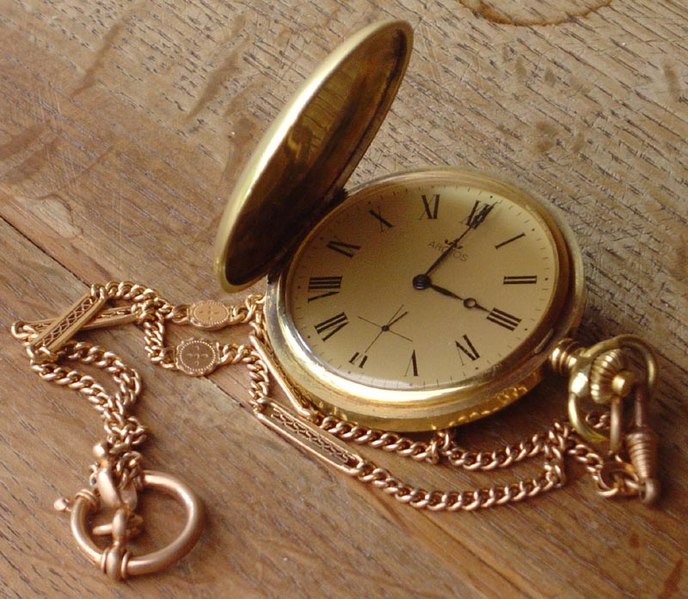Mine was the first generation to turn against the daily delivered newspaper. When I was a lad pretty well everyone had a newspaper every day. But I have never had one delivered. For me a newspaper is something to buy as and when, to enjoy as a special treat but not a daily source of news. The TV news, and latterly the internet, has always provided the updates I needed, well ahead of the papers. Why would I subscribe to yesterday's news on a regular basis?
I know lots of people do still get newspapers regularly, but I would be very surprised if people my age and younger aren't much less likely to have a paper pushed through the door than the generation before.
With a more recent generation, I think something similar is happening with wristwatches. My children don't wear watches. It's not that we've deprived them - they have had several, but they just don't bother with them. Apart from the general convenience of ask-an-adult, a lot of this has to do with mobile phones. If you always have your phone with you, you've got the time. Why bother with a watch as well? It's a kind of return to the pocket watch. It's only a matter of time before watch chains and waistcoats make a comeback, though, of course, these will be phone chains.
If you are over 25 you might disagree. I think the cut off point is somewhere around there. But I wouldn't be at all surprised if watch wearing is declining in the under 25s. Watch out, erm, watch manufacturers.
Image from Wikipedia
I know lots of people do still get newspapers regularly, but I would be very surprised if people my age and younger aren't much less likely to have a paper pushed through the door than the generation before.
With a more recent generation, I think something similar is happening with wristwatches. My children don't wear watches. It's not that we've deprived them - they have had several, but they just don't bother with them. Apart from the general convenience of ask-an-adult, a lot of this has to do with mobile phones. If you always have your phone with you, you've got the time. Why bother with a watch as well? It's a kind of return to the pocket watch. It's only a matter of time before watch chains and waistcoats make a comeback, though, of course, these will be phone chains.
If you are over 25 you might disagree. I think the cut off point is somewhere around there. But I wouldn't be at all surprised if watch wearing is declining in the under 25s. Watch out, erm, watch manufacturers.
Image from Wikipedia


You're so right about the watches. My 25 year old doesn't have or want one precisely because he relies on his phone for everything in his life. The 19 year old does wear one, but he's a bit outre, I think. I personally miss the pocket watch. They were so beautiful.
ReplyDeleteYou're right, Sue, pocket watches are wonderful. The trouble is, you can't wear one without appearing to be a prat.
ReplyDeleteI'm 33. I haven't been wearing a watch since after I learned to read them. What for? Tell me any occasion on which you do really need a watch. Look around, the world is full with clocks everywhere and anywhere and yes, in particularly so since everybody has a mobile phone, and btw my iPod also has a clock and my laptop of course and my digital camera and your TV knows the time and they'll tell you on the radio, and if you look out the window there's a display swapping between the temperature and the time and so on.
ReplyDelete